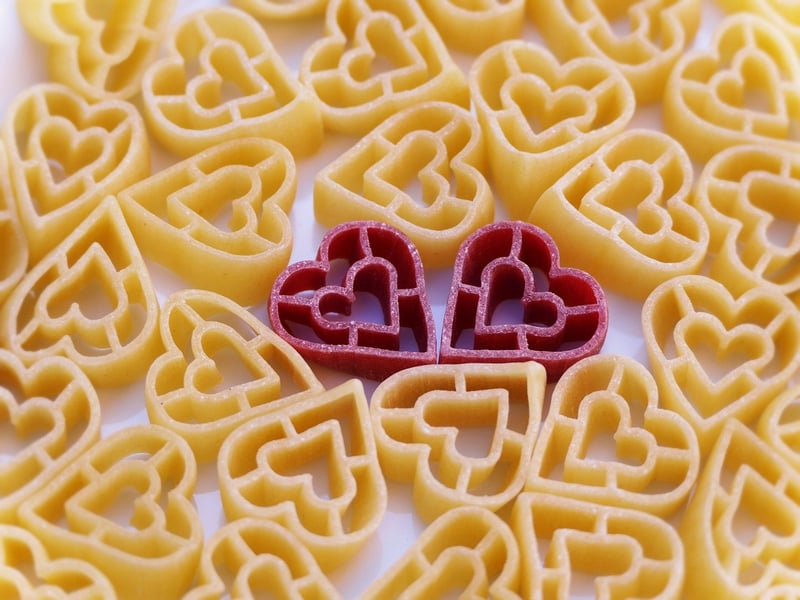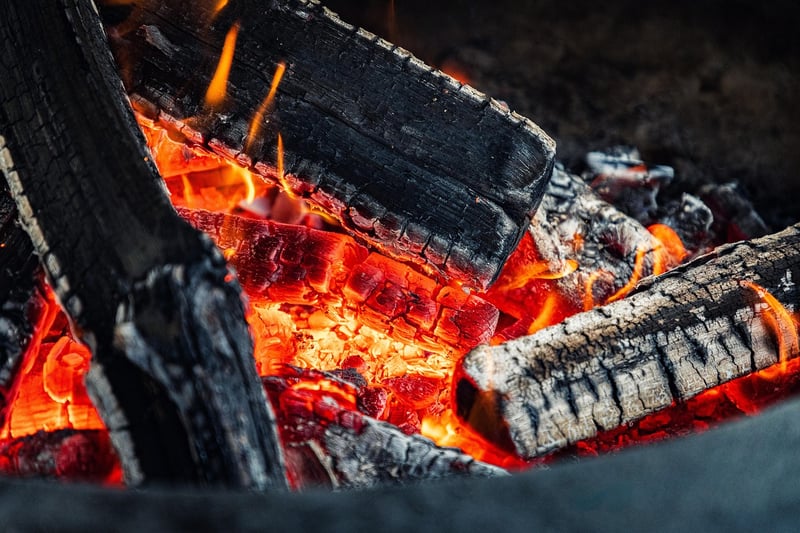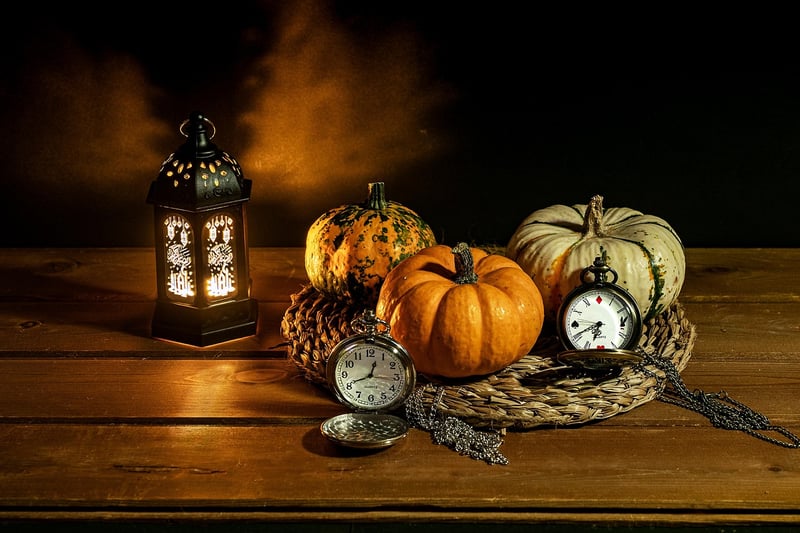Composition Basics
Capture Your Culinary Creations Beautifully
Introduction
Food photography has become increasingly popular in recent years, thanks to social media platforms like Instagram. Whether you're a professional chef, a food blogger, or just someone who loves to cook, capturing your culinary creations beautifully can help you showcase your skills and attract more followers. In this article, we will discuss how you can improve your food photography skills and create stunning images of your dishes.
Composition Basics
1. Lighting
Good lighting is crucial for food photography. Natural light is often the best option, so try to shoot near a window or outdoors. Avoid harsh overhead lighting or direct sunlight, as they can create unflattering shadows. Use a reflector to bounce light onto your dish and reduce shadows.
2. Styling
Pay attention to the arrangement of elements in your shot. Consider the colors, shapes, and textures of the food and props you're using. Keep the composition simple and uncluttered, focusing on the hero dish. Use garnishes and utensils strategically to enhance the visual appeal of your photo.
3. Angles
Experiment with different angles to find the most flattering shot of your dish. Try shooting from above (flat lay), at a 45-degree angle, or at eye level. Each angle can create a different mood and highlight different aspects of the food.
4. Depth of Field
Playing with depth of field can add interest to your photos. Use a wide aperture (low f-stop number) to create a shallow depth of field and blur the background, drawing focus to the main subject. Alternatively, use a smaller aperture for a greater depth of field and sharper background details.
5. Editing
Post-processing can enhance your images further. Use editing software like Adobe Lightroom or Snapseed to adjust exposure, contrast, colors, and sharpness. Be careful not to over-edit, as natural-looking photos tend to be more appealing.
Conclusion
By paying attention to composition basics like lighting, styling, angles, depth of field, and editing, you can elevate your food photography and capture your culinary creations beautifully. Remember to practice, experiment, and have fun with your photography to develop your unique style and create mouth-watering images that will leave your audience craving more.


